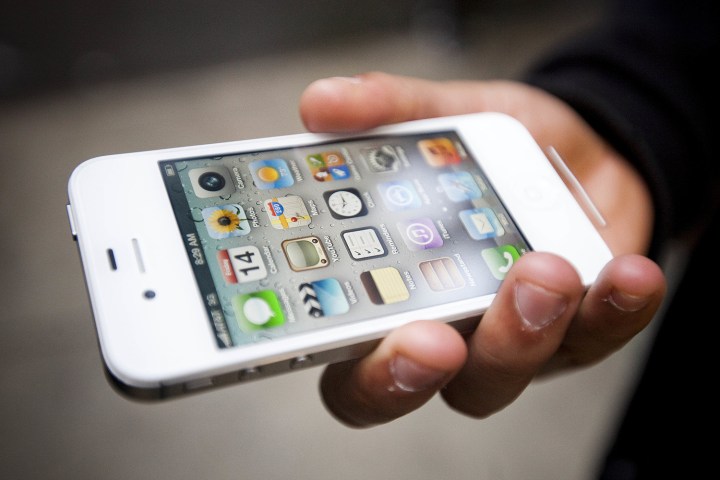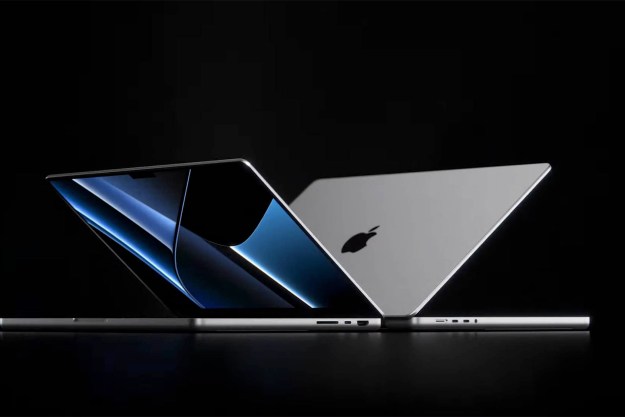
Quartz first noticed a patent in December that would integrate Apple Pay with its iMessage system, but now it looks as though the company wants to go a step further. In addition to using texts to send funds, the Cupertino-based firm may also be looking for ways to allow users to pay via phone calls, emails, and even calendar invites. All this to say that you should probably never answer your phone again — unless you’re prepared to pay off all your debts to your generous friends.
Apple may be a bit behind the curve on adding this sort of functionality to its operating system — WeChat, for example, which has an enormous presence across the burgeoning Asian market, already allows its 650 million monthly users purchase food, order taxis, pay their bills, and much more.
According to Apple’s patent, the prescribed system would let one texter ask her friend to make a payment, whereupon the debtor would be able to tap the “Make Payment” button in the top right-hand corner. From there, it would seem that iOS would utilize the credit card information found in Apple Pay to complete the transaction.
Currently, Apple Pay isn’t the most popular of Apple’s various functions — in December, usage numbers continued to drop, and over Black Friday 2015, 41 percent fewer people used Apple Pay to buy than in 2014. But perhaps with the newfound ability to pony up via text or calls, Apple will find a way to resuscitate the service.
Editors' Recommendations
- Does Walmart take Apple Pay in 2024?
- Check your Apple Card right now — you may have a crazy 10% cash-back promo
- A long-awaited Apple Pay feature is finally on your iPhone
- Why the lawsuit against Apple’s AirTags may be bigger than you realize
- Apple Watch Ultra now comes in a fancy, shiny design — if you’re willing to pay


